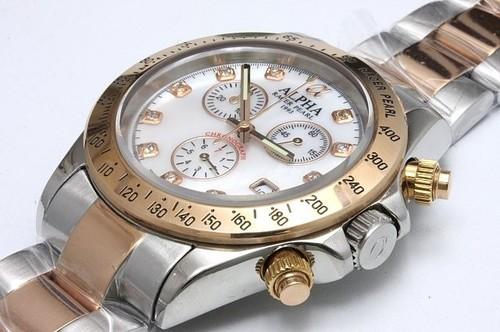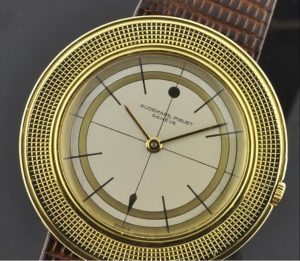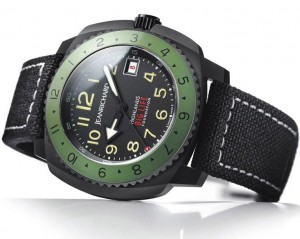Timekeeping devices have always been a key part of navigation. Even the most basic watches can be used for navigation purposes. Simply by holding your watch horizontally and pointing the ‘hour hand’ of your watch at the sun you can find south.
This essential Boy Scout technique will certainly get you out of a sticky situation in the daytime hours, but other watches offer a wide range of features that will help get you home. These vary from basic features such as compasses installed on the strap or as part of the watch mechanism through to full-blown emergency distress beacons found in some models.
Casio GLX 6900
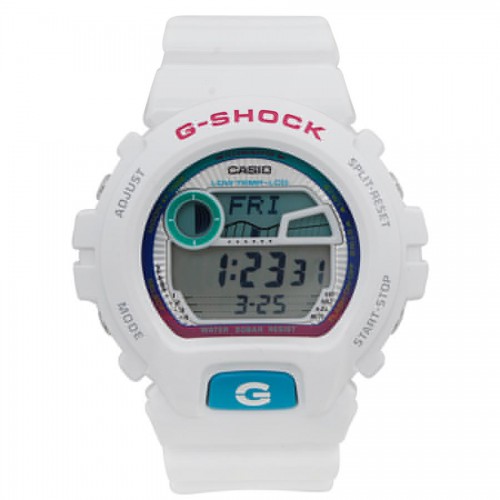
The masters of this technology have long been the Japanese manufacturer Casio Watches. Their watches have included a range of features such as velocity indicators, tide graphs to help mariners to monitor movements in coastal waters, Barometers and thermometers to give an overview of the changing weather conditions and altimeters to calculate the wearer’s height above sea level.
Tissot T-Touch Expert
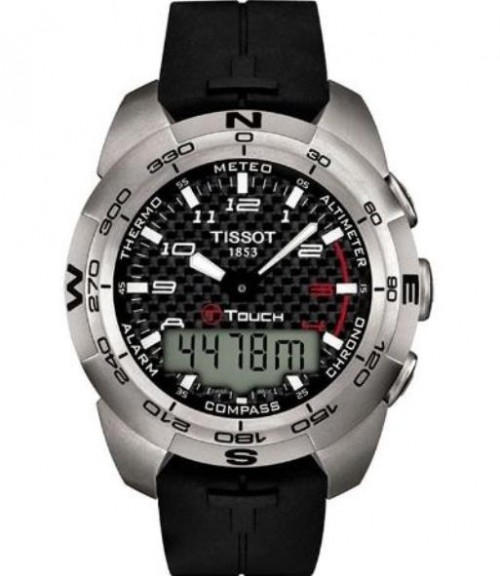
Similar functions are available on watches from Swiss based manufacturer Tissot. Here though they are presented with a convenient touch-screen design to trigger access to the functions.
For those by the sea, the tidal functions can be used to calculate the high and low tides, a great resource for boat owners and surfers alike.
For most outdoorsmen and women the most useful items on a day-to-day basis will be the barometer. By taking the air pressure regularly, you will have a good idea of developing weather conditions. Lower pressure usually indicates rain, and high winds whilst higher pressure tends to indicate improving weather conditions. This gives ample time to get yourself and your travelling companions to a safer place before poor conditions become hazardous.
Breitling Emergency Watch
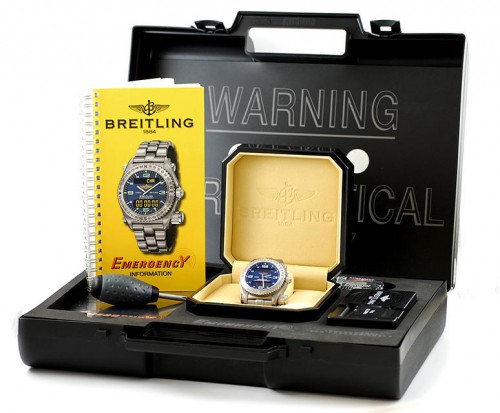
What would happen though if you are unable to reach that place of shelter? How can a watch help in those situations? One option might be contained within a range of watches from Breitling. The Breitling Emergency Chronograph contains a radio transmitter that broadcasts on the 121.5 Mhz. These watches emit a signal that is receivable over a 100-mile area (at sea level) allowing helicopters and spotter planes to locate an individual once the initial distress call has been made on 406Mhz.
The watches have been in production since 1996 and it has suggested that so far they have saved around 20 lives by alerting rescuers.
As electronics continue to be miniaturised, there is certainly an opportunity for companies to market new systems for inclusion within their watches. Who knows what the next advance may bring.


